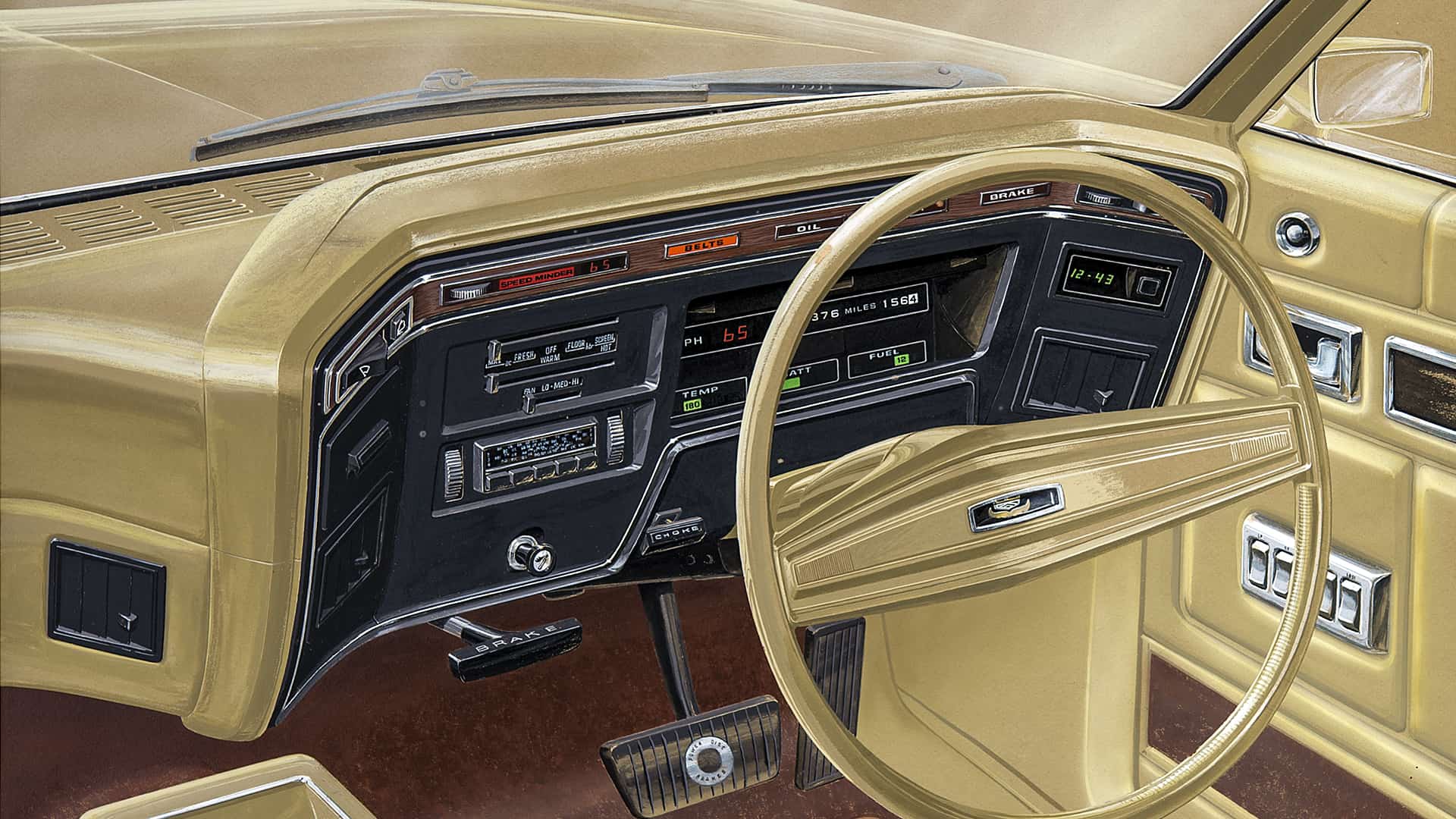
The RMIT Design Archives is an integral part of a vibrant research centre located at the RMIT Design Hub in the heart of the city.
Its extensive collection of many of Melbourne’s most distinguished design practices represent a unique resource for scholarship and doctoral research. In addition, the RMIT Design Archives publishes a journal twice yearly, develops exhibitions and publishes catalogues, papers and books related to its collections.
Acknowledgement of Country
RMIT University acknowledges the people of the Woi wurrung and Boon wurrung language groups of the eastern Kulin Nation on whose unceded lands we conduct the business of the University. RMIT University respectfully acknowledges their Ancestors and Elders, past and present. RMIT also acknowledges the Traditional Custodians and their Ancestors of the lands and waters across Australia where we conduct our business - Artwork 'Sentient' by Hollie Johnson, Gunaikurnai and Monero Ngarigo.